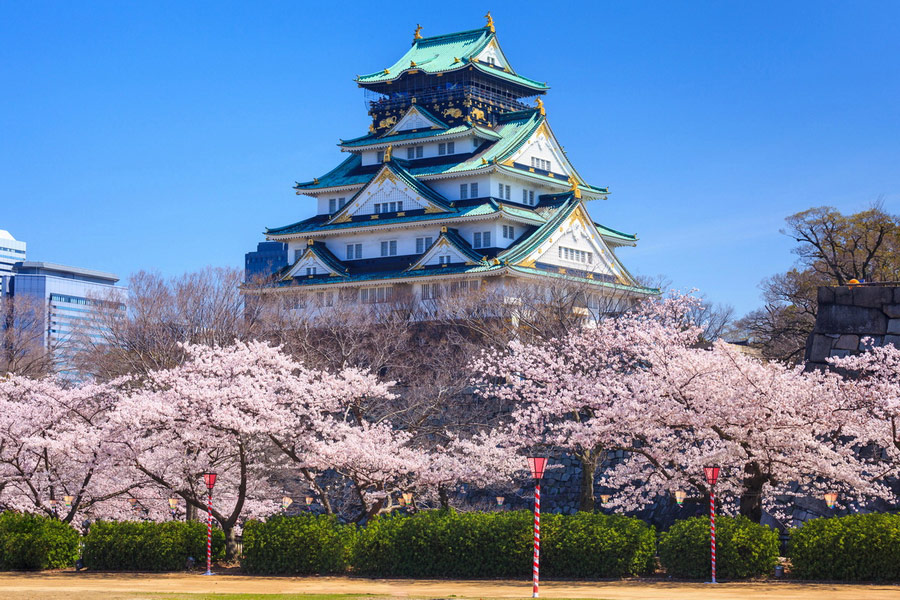Tours, Places to Visit, and Things to Do in Osaka
Osaka travel guide introduces visitors to Osaka (大阪), a city in the Kansai region of Honshū (本州) island, promising a unique journey through its history, culture, and modern excitement. Historically nicknamed the “City of Water” (水の都) for its once-vast canal grid and 1,000 bridges, Osaka boasts a vast river and canal network.
Osaka’s touristic sites and traditional and contemporary architecture mix attract travellers worldwide. The city is also celebrated as the culinary capital of Japan (City of Kuidaore, eat until you drop) due to its Michelin-starred restaurants and street food such as takoyaki and okonomiyaki. Whether you are drawn by the cuisine, culture, or colourful neighbourhoods, Osaka is a must-visit destination in Japan.
Osaka Tours
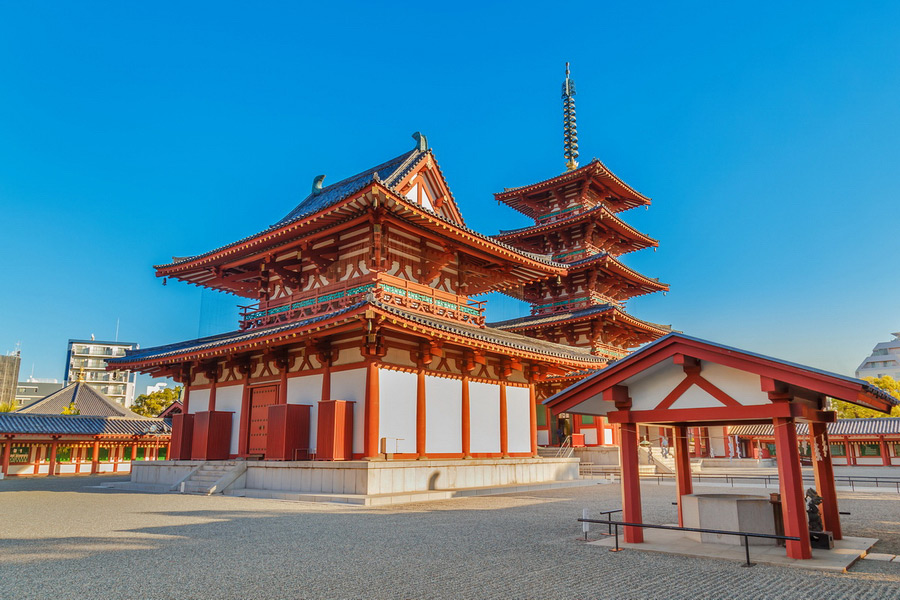
Osaka travel tours cater to incredible flexibility. Some visitors prefer to get away from the city, while others may gravitate towards culture. For most travellers, two or three days is sufficient to see all the city’s hallmarks and indulge in its delicious food. However, the length of your stay can easily be adjusted to match your travel pace and interests – allowing you to customise your Osaka itinerary.
Within one day, you can explore must-see Osaka attractions such as Osaka Castle, the historic Shitennō-ji Temple, the retro charm of Tsūtenkaku Tower (通天閣), and the lively Shinsekai (新世界) neighbourhood. With two days, your itinerary can expand to include Universal Studios Japan or a peaceful day trip to Nara Park, home to friendly deer and sacred temples.
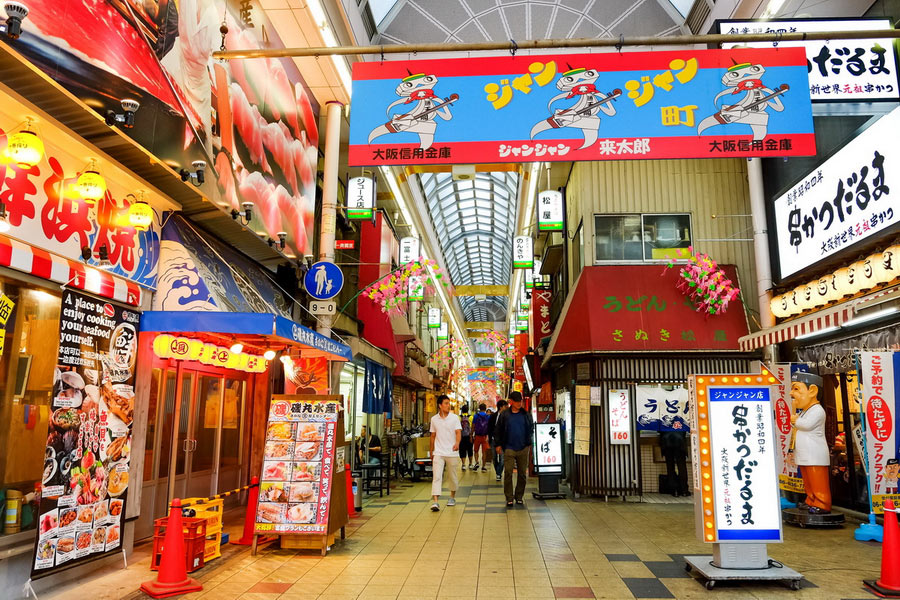
Best Time to Visit Osaka
Many travellers consider March, April, and May in spring and October and November in autumn the best months to visit Osaka. These periods offer comfortably mild weather and vibrant natural scenery. In spring, the blooming sakura trees create a stunning spectacle, particularly around Osaka Castle Park – but be prepared for crowds, as this is a peak tourist season. In contrast, summer in Osaka can be increasingly hot and humid, making outdoor exploration less enjoyable.
History of Osaka
The city's history dates back at least 1,600 years. The ancient chronicles of Japan, Nihon Shoki (日本書紀), dedicated to Empress Genshō and written by Ō no Yasumaro, mention the Naniwa settlements by the sea that occupied the current territory of Osaka in the 4th century. The burial mounds of the Osaka nobility from the 5th century, known as the Mozu Tombs (百舌鳥古墳) and a UNESCO World Heritage site, can be seen in the southern part of the city.
Naniwa (浪速) means “swift waves” in Japanese. It became a crucial part of Yamato, the first Japanese state formation three centuries later. Furthermore, Naniwa served as the capital of Yamato for the next two centuries. The strategic location (access to the Seto Inland Sea and the intersection of land trade routes) defined Osaka as the country’s principal trade point.
The city saw a short period of decline; however, in 1496, the destroyed imperial palace was transformed into the Ishiyama Hongan-ji (石山本願寺) temple (Osaka Castle now). This development contributed to the growth of a sizable community in the surrounding area. Around this time, the name “Osaka” (great hill or large hill) became widespread.
Osaka has survived several wars, yet the city has continued to be the primary trading hub in Japan, encouraging the growth of culture and arts. No wonder Osaka is home to Kabuki theatre, bunraku puppet theatre, and woodblock prints and paintings called ukiyo-e.
Japan became open to the outside world during the Meiji Restoration period (1868-1889). Consequently, it gave Osaka a new incentive for trade and manufacturing.
In the following years, the city faced significant devastation only once, when it was virtually ruined during WWII. Nevertheless, thanks to the post-war economic boom, Osaka was soon rebuilt and started to advance quickly.
Today, the city is an important stronghold of the Japanese economy, hosting various international forums. For instance, the first international EXPO took place in 1970. The next one, the World Expo 25, is scheduled from April 13 to October 13, 2025. And the members of the G20 met in Osaka in 2019.
Things to Do in Osaka
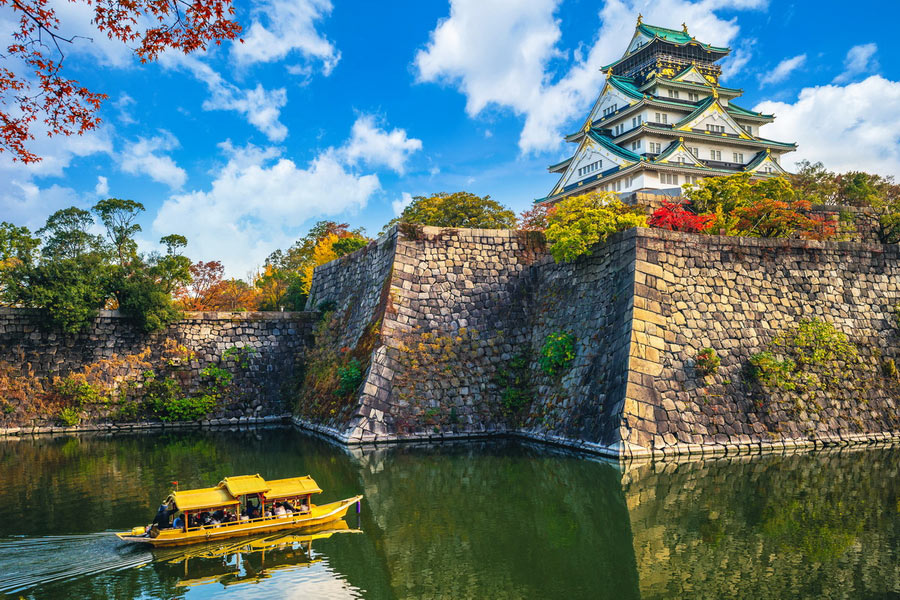
Best Places to Visit in Osaka
When it comes to the best places to visit in Osaka, these encompass everything an avid traveller could imagine – history, modern innovation, and irresistible street food.
Begin your journey at Osaka Castle (大阪城), one of Japan’s most iconic landmarks, surrounded by a tranquil park that bursts with cherry blossoms in spring.
For an instructive history lesson, visit the Shitennō-ji Temple (四天王寺), the oldest officially recognised temple in Japan, founded in the 6th century.
To learn about the diversity and vitality of Osaka, be sure to head out to the vaunted Dōtonbori (道頓堀). This neighbourhood has always been an obvious contender for entertainment and nightlife. Its neon lights, giant billboards, and great culinary landscape make it a giant go-out space. Just nearby is the Shinsaibashi-Suji Shopping Street (心斎橋筋商店街), where guests can find all of the must-buys in trendy boutiques, including kimono shops.
Make sure to add the Sumiyoshi-Taisha Shrine (住吉大社) to your Osaka travel list. This Shinto sanctuary is situated in the outer suburbs of Osaka. It takes approximately 30 minutes to reach. There are three temples, a red bridge, Instagram-worthy gardens, and ponds with fish and turtles on its grounds.
Rounding out the Osaka travel list are the Umeda Sky Building (梅田スカイビル) and panoramic views from its Floating Garden Observatory; Tsūtenkaku Tower (通天閣); and the youthful, creative vibe of Amerikamura (アメリカ村, American Village). Each site shows a different side of Osaka – an evolving city.
Museums in Osaka
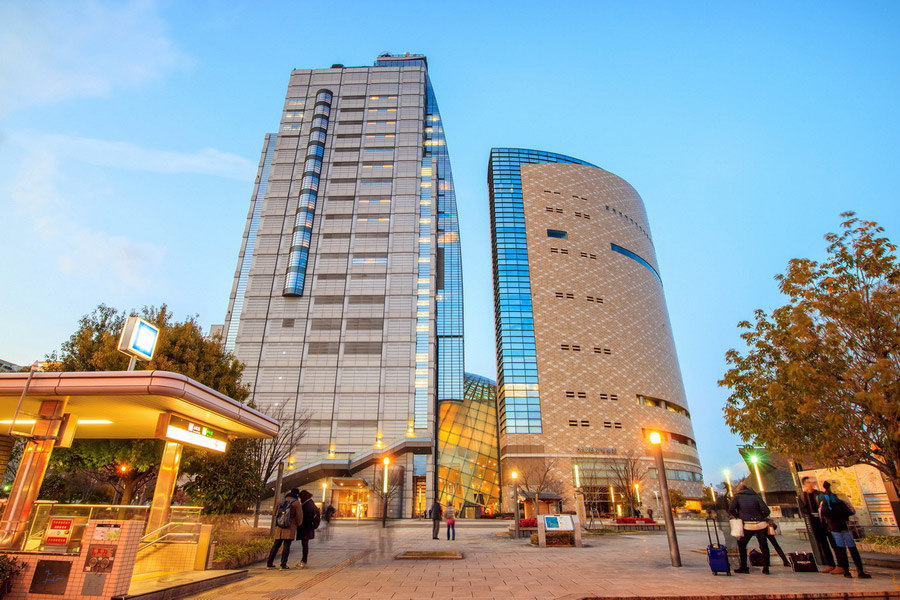
The diversity of museums for cultural experiences in Osaka is significant in terms of location spread across central Osaka and the variety of subjects they cover. There are leading art players like the Osaka City Museum of Fine Arts (大阪市立美術館) alongside smaller yet notable venues like the famed Fujita Museum (藤田美術館) and Osaka Ukiyo-e Museum. No matter what you fancy, there is a museum to wander through – discover some of the top selections below.
- Osaka Museum of History (大阪歴史博物館), located near Osaka Castle, reveals a fascinating history of Osaka from the 7th century. The museum’s highlights are detailed miniatures from various times and regions.
- Osaka Municipal Housing Museum (大阪市立住まいのミュージアム「大阪くらしの今昔館) reflects the Edo period, demonstrating life-size replicas of streets, houses, and shops.
- Museum of Oriental Ceramics (大阪市立東洋陶磁美術館) contains the best ceramic collections in the world, encompassing ancient artefacts and new items from Japan, China, and Korea.
- Tsunami and Storm Surge Disaster Prevention Station (津波・高潮ステーション) educates visitors on Osaka’s disaster preparedness strategies. It has an earthquake simulation platform and educational tips on responding to natural disasters.
- Osaka Ukiyo-e Museum (大阪浮世絵美術館) in the heart of Namba is dedicated to woodblock prints, primarily depicting kabuki theatre and its actors. Visitors may participate in a hands-on woodblock printing workshop.
Art Galleries in Osaka
Osaka’s art field involves traditional and contemporary aesthetics. The Shinwa Art Auction (新和アートオークション) curates Japanese art pieces available through exclusive auctions. The Yoshii Gallery (吉井画廊) stages exhibitions of paintings, sculptures, and installations by rising and celebrated Japanese artists. The Shihoudou Gallery spotlights rare works by established Japanese artists. These are three essential stops on any art lover’s Osaka travel itinerary.
Theatres in Osaka
While some may hesitate to attend a Japanese theatre due to a language barrier, it is undoubtedly worth your time. Firstly, the theatres in Osaka listed below are tailored to international audiences. Secondly, Osaka is renowned for its humorous spirit; even its unique dialect is widely regarded as amusing throughout Japan. As such, attending a theatre performance in Osaka not only promises hearty laughter but also gives a deeper understanding of Japanese culture.
- National Bunraku Theatre (国立文楽劇場). The famed puppetry performance, bunraku in Japanese, emerged in Osaka at the beginning of the 17th century. The mastery of puppeteers manipulating puppets and chanters narrating the story is truly appreciable and enjoyable.
- Shin Kabuki-za Theatre (新歌舞伎座). Follow a traditional form of Japanese dramatic performance featuring a traditional dance.
- Nanba Grand Kagetsu presents a variety of comedy genres that resonate with local humour and universal comedic appeal. This comedy theatre welcomes the best Japanese comedians on its stage, who perform daily. Here’s our list of must-visit destinations, categorized by interest, to explore the best parts of Osaka.
Entertainment, Parks, and Shopping in Osaka
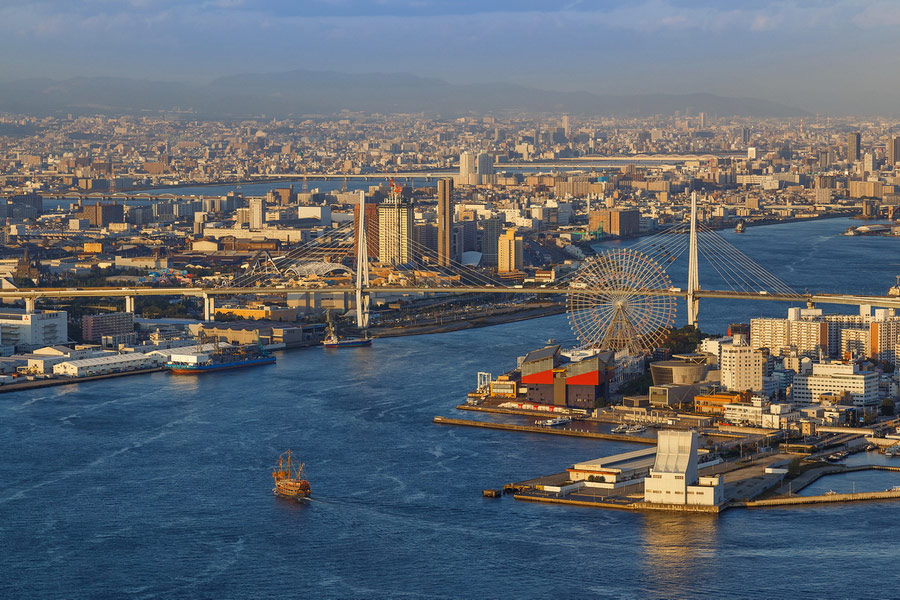
Entertainment - Unique Things to Do in Osaka
Away from the glittering lights of Dōtonbori and the crowds of Shinsaibashi, those seeking a touch of luxury will find unique, entertaining things to do while travelling in Osaka. The city abounds in sophisticated pleasures, from gourmet dining to private cultural encounters and skyline views.
- Helicopter Ride Over Osaka – As you propel into the air, you will see Osaka’s great landmarks.
- After-Visit to Osaka Castle or Sumiyoshi-Taisha – Private tours like this involve a guided walk, lantern-lighting rituals, and traditional music performances.
- Exclusive yacht charter in Osaka Bay – Ply the bay aboard a sleek yacht while sipping champagne, partaking in delectable dining, and even watching fireworks on special evenings.
- VIP Spa Day – At one of the many onsens (Japanese hot springs), only thirty minutes from the city, you will find opulence in a peaceful VIP setting.
- Private Tea Ceremony – Osaka has a dozen premium venues to book a private tea ceremony with a tea master, maiko performances, and sake pairings.
- Nara Park (奈良公園, Nara Kōen) – Spend a day in a picturesque territory, browsing stunning and sensational temples and deer just walking around the park freely.
- Guided Art Tour in Osaka – Make a memorable day by touring the Nakanoshima Museum of Art or the National Museum of Art.
- Osaka Photography Tour – Visit the most incredible landmarks of Osaka and take professional photos to add to your album.
- Attend training at the Ninja-do – Uncover the world of ninjas and try on the ninja outfit. Participants are allowed to take great photos and videos.
- ROR Comedy Club - For those looking for something more than an ordinary bar, the ROR Comedy Club is a great choice. The stand-up acts are very entertaining and will surely make you laugh.
- French Drop (マジックバーフレンチドロップ) Magic Bar. French Drop is a must-go for evening entertaining if you like magic shows. Many say that Osaka’s illusionists are a blast. They perform astonishing tricks in English.
- Strawberry Afternoon Teas – Strawberry-inspired events are popular in Osaka during the winter-to-spring transition. Top hotels arrange afternoon teas with strawberry desserts.
- Golfing - Courses like Kansai Golf Club and Osaka Golf Club offer high-quality golfing experiences.
Parks in Osaka
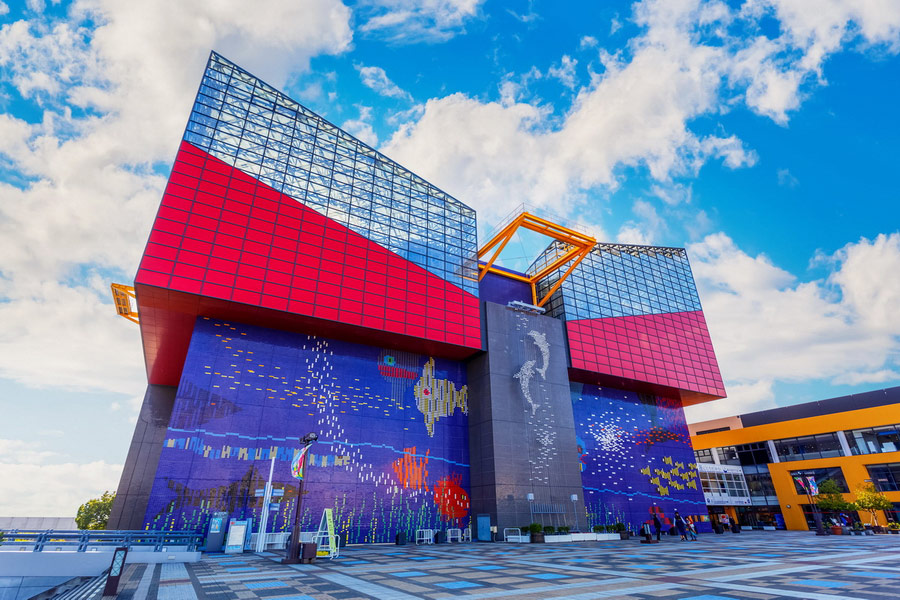
Osaka is also an urban outdoor city, featuring stretches of Dōtonbori waterfront, over 30 parks, and many rivers, including Yodo and Okawa – which flow into Osaka Bay. This creates the perfect outdoors for nature lovers. Here are just a few of many.
The park on the grounds of Osaka Castle is the city’s most prominent and loveliest. At the centre of the green space sits the pretty castle. It’s a must-go place, especially during the cherry blossom season.
Flora and fauna thrive at Tennoji Park in the heart of the city. It hosts two Shinto shrines, Keitakuen Garden and Tennoji Zoo. You can walk through the park and reach Tsūtenkaku Tower.
Nakanoshima is a compact island surrounded by the Dojimagawa and Tosaborigawa Rivers. The sandbank is where business and cultural life thrive. Yet, most famously, Nanakoshima is distinguished by its rose garden, blooming in late May and late October.
Families and thrill-seekers will love this theme park - Universal Studios Japan (ユニバーサル・スタジオ・ジャパン) filled with child-friendly attractions and exciting entertainment options that are hard to beat.
For something more serene, go to the Osaka Aquarium Kaiyukan (海遊館), home to amazing marine life. Within 2 or 3 hours, marvel at whale sharks, ringed seals, crested penguins, and many more. The seals are especially fun and curious as they may come closer to the glass.
Shopping
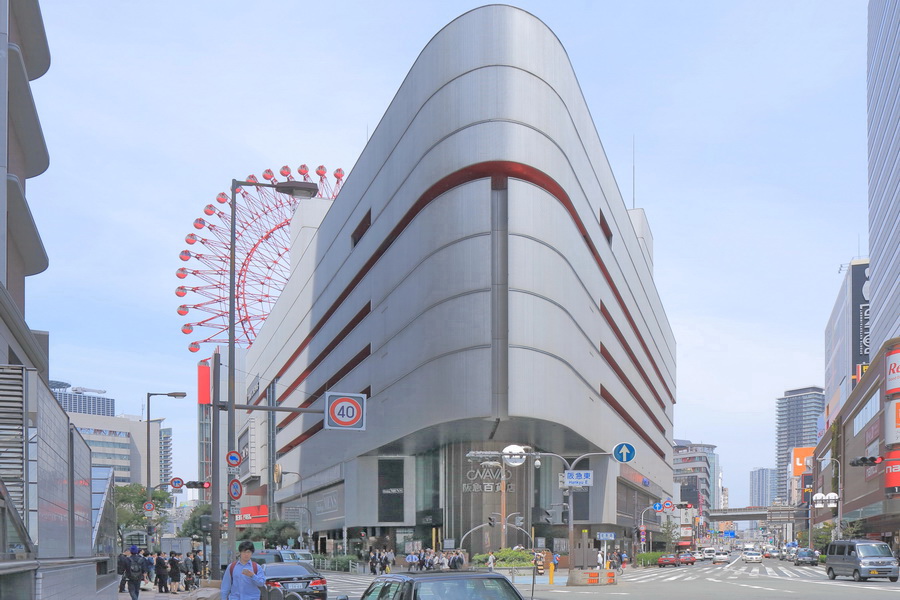
Osaka travel experience will be magnified by a fantastic opportunity of luxury shopping, and Midōsuji Avenue (御堂筋) is where it all begins. This broad avenue, running through the city’s heart, is often called the Champs-Élysées of Osaka. Visitors will find flagship fashion houses and accomplished designers presiding behind glimmering façades.
For a classier alternative to conventional malls, veer toward Osaka’s department stores. Herbis Plaza and Lucua Osaka (ルクア大阪) are both located steps from Osaka Station. Lucua is home to Nijiyura (にじゆら), a lovely store that sells exquisitely dyed hand towels and fans in traditional Japanese fashion.
Nearby, the Hankyu Department Store in Umeda (阪急うめだ本店) showcases a constellation of luxury labels. Ascend to the 9th floor of Umeda Tsutaya Bookshop to discover Oh My Glasses (オーマイグラス 大阪梅田 蔦屋書店), a boutique label reviving the art of Japanese eyewear.
In Shinsaibashi, the Daimaru department store (大丸 心斎橋店) is replete with upscale souvenirs – from vintage kimono silks to lacquered tea sets. The district boasts shōtengai (商店街), typically a local market street that is closed to car traffic or has roofed shopping galleries. The best known, Shinsaibashi-suji Shopping Street, invites exploration under its glass canopy. Further north, shoppers flock to Tenjinbashi-suji Shopping Street (天神橋筋) – Japan’s longest-covered shopping street; it hosts Osaka Chakai (大阪茶会), which has been selling tea since 2016.
Down in the shopping mall of Namba Parks (なんばパークス), Jikko Cutlery, on the fifth floor, displays hand-forged Japanese blades. Meanwhile, the third level of Grand Front Osaka (グランフロント大阪) harbours Porter, a purveyor of sleek, hand-made leather bags, wallets, and accessories.
Food in Osaka
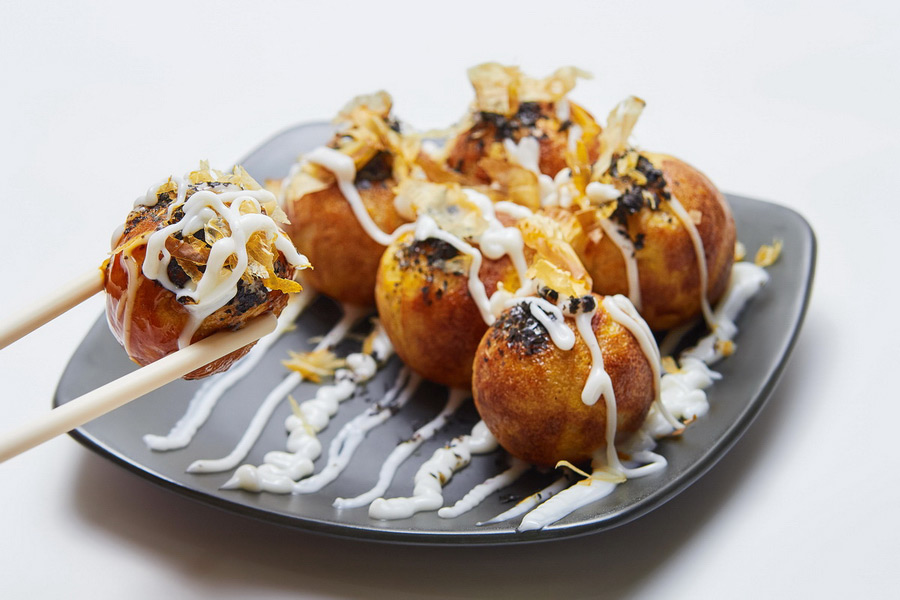
For discerning gourmands on the Osaka travel adventure, the city’s food scene blends comforting staples with sophisticated finesse, allowing visitors to savour tradition and innovation.
Must-try dishes include yakitori (焼き鳥, “grilled chicken”) and okonomiyaki (お好み焼き), a fried pancake made with various ingredients – typically centred around shredded cabbage. Try them at Michelin-recognised restaurants such as JIBUNDOKI (Bib Gourmand) and Torisho Ishii (One Star) for an opulent twist on these beloved classics. Their expert chefs elevate street eats into haute cuisine.
Equally enticing is the luxurious Wagyu teppanyaki served at Kitashinchi Fukutatei.
For an authentic kappo-style meal, consider visiting Naniwakappo NOBORU, where chefs prepare dishes before guests.
To experience the udon (うどん, buckwheat noodles) culture of Osaka, head to Udondokoro Shigemi (Bib Gourmand). The dish called “hiyakake”, made up of noodles in a broth, is recommended by the chef.
Curious about fugu (puffer fish) sashimi? The Michelin-rated restaurant Yoshiko (One Star) offers diverse flavours of puffer fish and a welcoming spirit.
Finally, as you wander the streets of Osaka, two street foods quickly catch your eye – omurice (オムライス), a fluffy omelette wrapped around fried rice, and takoyaki (たこ焼き), crisp golden balls made fromtender octopus. While these dishes are typically enjoyed at casual stalls, delicate versions await at upscale venues. For instance, the Michelin Bib Gourmand restaurant Tanpopo reimagines omurice, takoyaki, and tonpeiyaki (とん平焼き, pork, and cabbage omelette) through a gourmet lens.
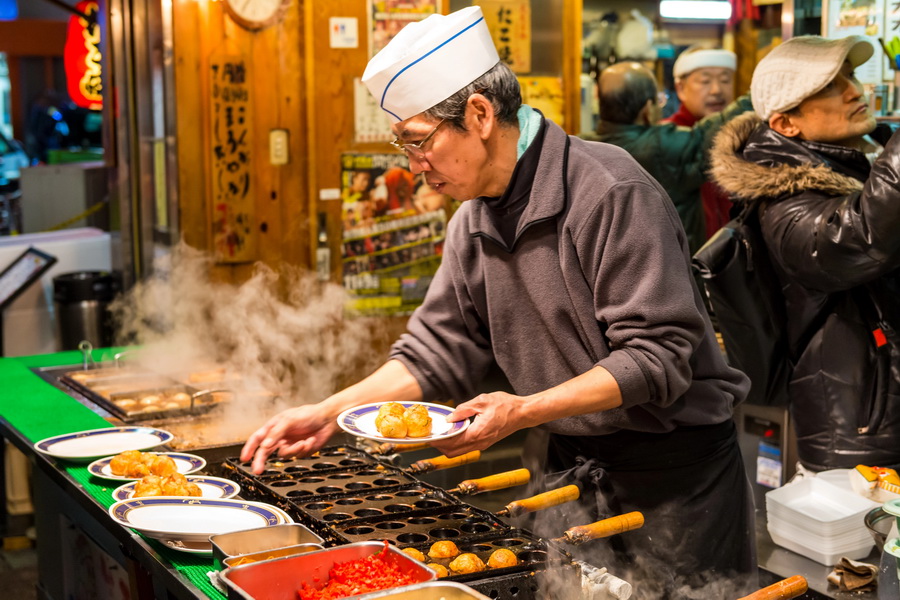
Vegetarian Restaurants
When you travel in Osaka, you will find an increasingly welcoming, vegan-friendly city with a growing number of fully vegan establishments.
The owner of Paprika Shokudo Vegan, Junichi Nakai, switched to vegetarian and vegan cuisine following personal health challenges. The menu involves a tofu burger, tofu baked cheese, organic French fries, bento boxes, kimchi, grilled soybean meat, and more. There’s a bar and a nice terrace for outdoor seating.
Mercy Vegan Factory is dedicated to vegan cooking and continues to craft new plant-based food for healthy living. The vegan egg sandwich and potato salad make a substantial meal. And you won’t be able to resist their strawberry cake with a real creaminess to it.
The menu at The Fire Osaka, on the fringes of Shinsaibashi-Suji, covers lunch and late-night dining. The hero dishes are sesame ramen and gyoza (pan-fried dumplings). As a bar, it also serves vegan cocktails that use their local spirit as one of the base ingredients.
Coffee Houses, Bakeries, and Patisseries
Osaka’s baking tradition has undergone influences from across the country, resulting in a mix of cafes, bakeries, and patisseries. Everything from French and Italian styles to Asian-inspired creations and expertly brewed coffee will be found.
Still, if you are in Osaka, try something truly traditional. Begin at Chidoriya Namba Ebisubashi (千鳥屋 難波戎橋店), which sells mochi – soft rice cakes filled with sweet soy sauce (mitarashi Dango). These and other varieties of wagashi (Japanese sweets) are often beautifully packaged, making them ideal souvenirs to take home.
For those craving Western flavours, there are a few options. PARIS-h is frequented by locals and travellers alike. Their bread and pastries are ideal for crisp sandwiches.
La patisserie KATSURA is regarded for its cheesecakes, layered sponge cakes, and aromatic coffee.
Fujiya 1935 is a stylish restaurant in Osaka that has been in business since the 1930s. This Michelin Two Stars establishment is currently closed and scheduled to reopen in June 2025. It serves dishes with Spanish and Japanese influences.
Another famed bakery is West Wood Bakers in Nishi-Ku. It’s a great compact place for breakfast and brunch. You can order sandwiches, burgers, pancakes, doughnuts, and artisanal bread.
Best Ryokans and Onsen in Osaka
If you are wondering where to stay in Osaka while travelling, remember that the city, best known for its dynamic urban energy, offers moments of stillness in superb ryokans and relaxing lodgings. Traditional inns such as Yamatoya Honten Ryokan (大和屋本店) and Hotel Yu-shu (有秋) in the Chuo Ward area combine warm hospitality and a touch of old-world elegance.
Nobeha no Yu in Tsuruhashi (延羽の湯 鶴橋店), in the centre of Osaka, is touted for Japanese and Korean baths. At the same time, places like Arima Onsen (有馬温泉) and Nanten-en Inn & Ryokan (天見温泉 南天苑,Amami Onsen Nanten-en) provide a serene break from the city bustle.
Whether you are after a tatami room or a rejuvenating hot spring soak, Osaka has quiet corners where time slows down.
MICE in Osaka
Osaka is a prominent hub for Meetings, Incentives, Conferences, and Exhibitions (MICE). World-class venues like INTEX Osaka (インテックス大阪), Osaka Conference Centre (大阪カンファレンスセンター), and My Dome Osaka (マイドームおおさかで) regularly host high-profile shows, exhibitions, and conferences.
City transport in Osaka
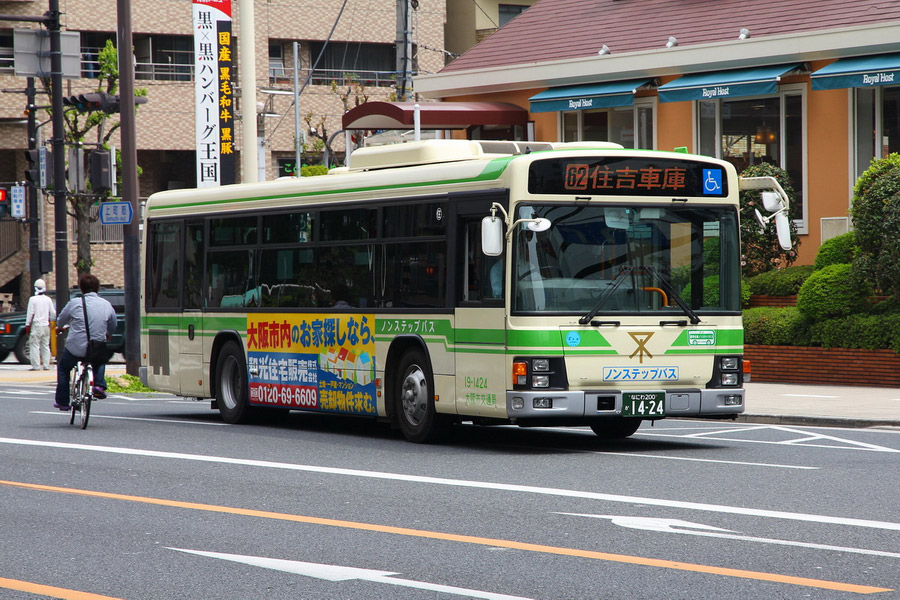
Getting around Osaka is seamless. An excellent network of trains, an efficient subway system, and taxis are readily available across the city. For visitors, the most convenient way to explore is using the prepaid Osaka Amazing Pass. It grants unlimited access to most public transport and covers entry to many of the city’s top attractions for one or two days. Alternatively, Tokyo’s Suica or Pasmo cards are compatible with most local transit lines in Osaka.
On the other hand, private transfers allow for a more exclusive mode of travel. You can enjoy comfortable rides in chauffeured business vans or even sleek limousines. And for the truly extravagant experience, helicopter transfers afford a spectacular aerial perspective of the city and beyond.
Osaka’s waterways add another dimension to the experience. Short Osaka sightseeing cruises such as the Tombori River Cruise (とんぼりリバークルーズ), the Pirates Cruise (パイレーツクルーズ), or the Osaka Wonder Cruise (ワンダークルーズ 道頓堀 日本橋 船着場) are a unique way to admire the cityscape from canals.
On the luxurious Aoniyoshi sightseeing train, travellers can embark on a refined intercity journey that connects Osaka with Nara and Kyoto.
How to Get to Osaka?
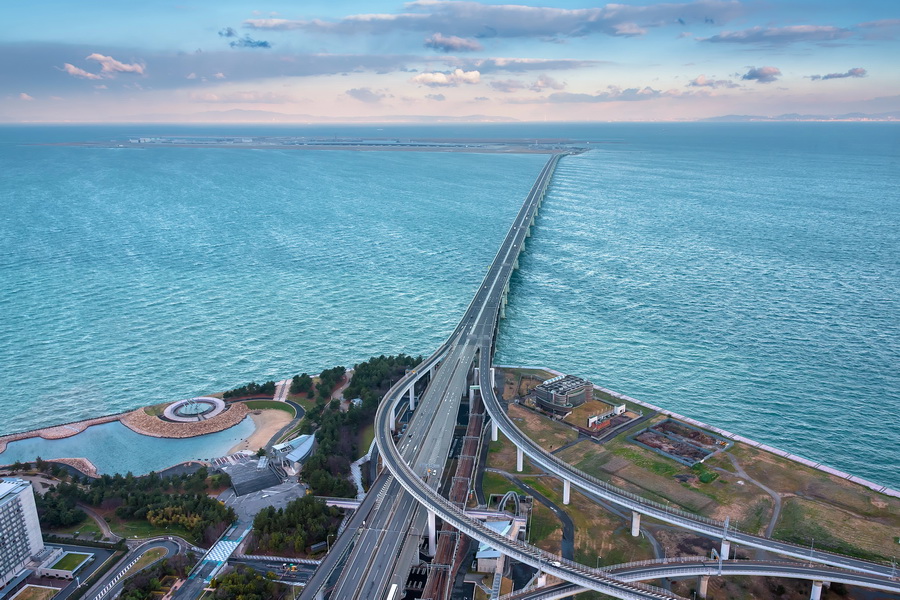
When planning your Osaka trip, you have several options. The city’s principal international gateway is Kansai International Airport (KIX) (関西国際空港), located on an artificial island in Osaka Bay. Itami Airport (ITM) (大阪国際空港), situated 11 kilometres from Osaka Station, generally serves domestic flights.
Although many airlines operate direct international services into Kansai, arriving via Tokyo is a straightforward alternative. Japan’s high-speed Shinkansen bullet trains make transfers swift.
Upon arrival at Kansai Airport, travellers can ride limited express trains, JR West’s Haruka or Nankai Railways, depending on their destinations. Alternatively, they can opt for the KATE airport limousine buses.
From Itami Airport, the Osaka Monorail Line (大阪モノレール) links to local railways. Shinkansen trains stop at Shin-Osaka Station (新大阪駅), connecting regional and metro lines.
Ride-hailing services are limited, and taxis are relatively costly, making public transit the superior choice.
Visitors are advised to use integrated mapping apps like Google or Apple Maps and to obtain a prepaid IC card (such as ICOCA or Suica) for tap-in and tap-out access across major transit systems.
Languages Spoken in Osaka
Modern Osaka today is a multilingual city where, in addition to Japanese, English, Korean, and Mandarin are widely spoken. Notably, the city is home to the largest community of Zainichi Koreans - long-term Korean residents of Japan.
Locals in the western region of Honshu Island – including the prefectures of Mie, Shiga, Kyoto, Osaka, Hyogo, Nara, and Wakayama - typically converse in Kansai-ben, also dubbed the Kinki dialect.
Osaka has its own Osaka-ben, a warm and expressive language that reflects the city’s friendly and humorous spirit.
To appreciate how a single word can shift in pronunciation and form across dialects, take the example of “father”. In standard Japanese, it is otōsan; in Kyoto, otōhan; in Mie, ottoyan; in Nara, ottotan; and in Osaka, simply oton. And if you wish to endear yourself to the locals, try using the word ōkini – an Osakan way of saying “thank you”.
Currency in Osaka
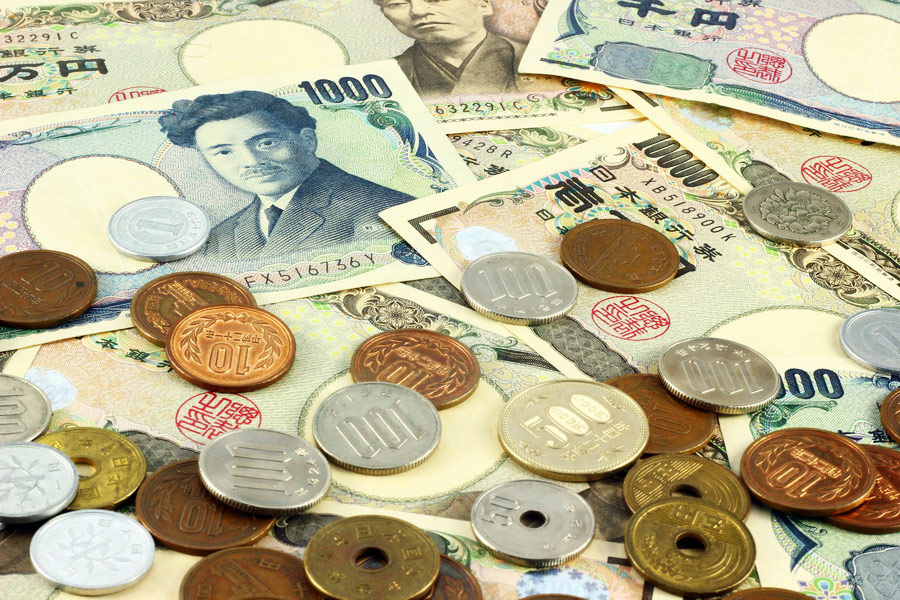
The official currency in Osaka and the rest of Japan is the Japanese yen (¥, 円).
Credit and debit cards are widely accepted in hotels, department stores, and restaurants. Nevertheless, cash remains relevant for smaller eateries, temples, local markets, small bars, and some transportation options.
ATMs accepting international cards can be found in convenience stores such as 7-Eleven and Lawson and in post offices. Currency exchange points are available at airports, train stations, selected banks, and hotels.
Travellers may consider carrying a prepaid IC Card, such as ICOCA, which can be topped up and used for public transport and purchases at convenience stores and vending machines.
Is Osaka Safe?
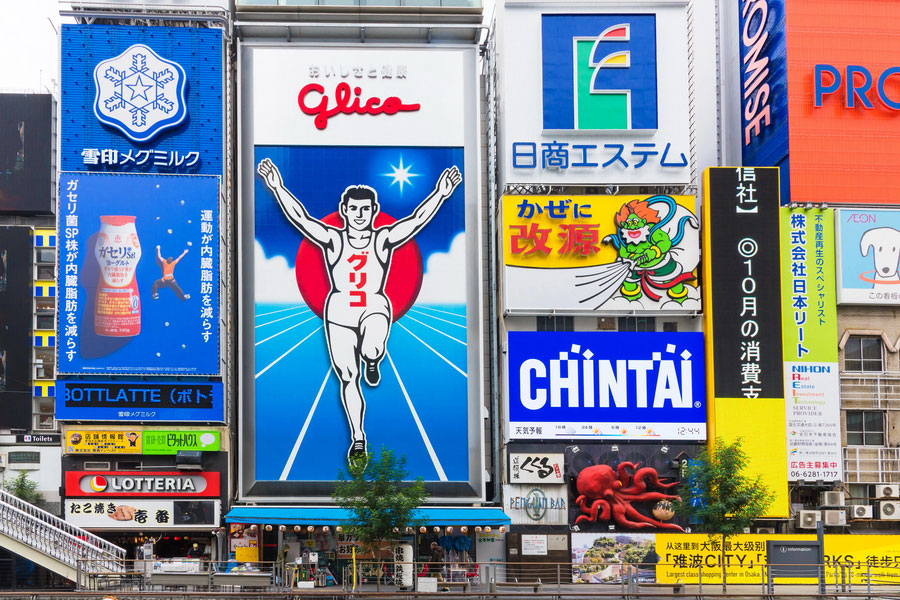
According to the World Population Review, Osaka is the third safest city, following Tokyo and Singapore. It is no exaggeration to describe Osaka as one of the safest places to visit in the world.
Osaka is just as safe for solo and female travellers as it is for everyone else. As a rule of thumb, do as you would do in your own country. Stay vigilant near tourist sites and in crowded areas. If returning to your hotel around midnight, take a taxi rather than walking on less-known streets.
Even after dusk, Dōtonbori, Umeda, Tennoji, and Nakanoshima are safe areas to stroll through. But they are heavily trafficked, so you must keep your eyes and ears open and closely watch your belongings.
Nishinari Ward (西成区) should be approached with caution. The higher rate of poverty in this neighbourhood has led to a large population of unhoused individuals concentrated in Airin-chiku (あいりん地区) in Kamagasaki(釜ヶ崎). Visitors are advised to remain respectful and aware of their environments.
In case of emergency, dial the police number 110 or the Japan Visitor Hotline at +81 50-3816-2787.


